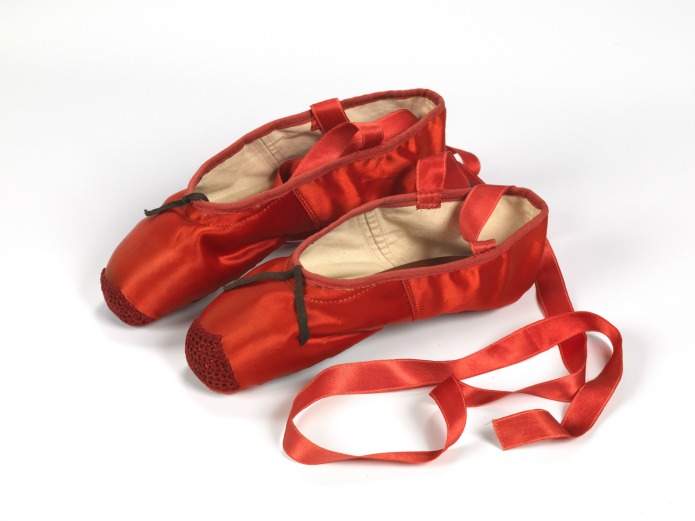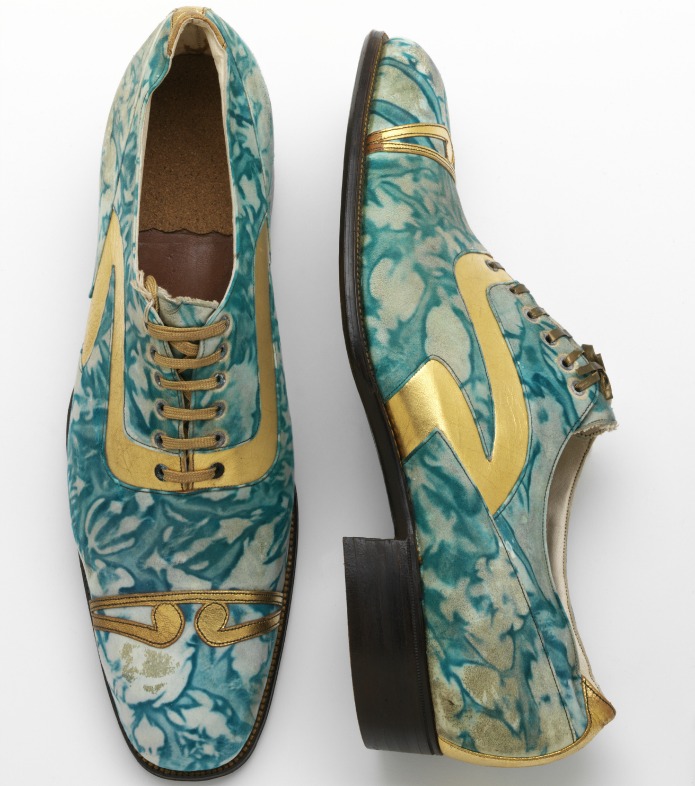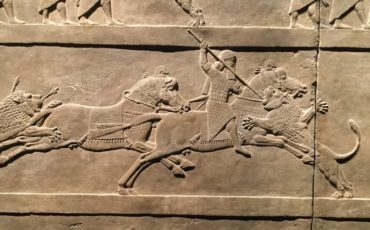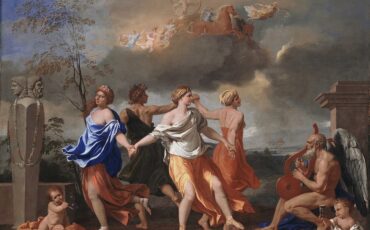The Shoes: Please And Pain exhibition will look at the extremes of footwear from around the globe, presenting around 200 pairs of shoes ranging from a sandal decorated in pure gold leaf originating from ancient Egypt to the most elaborate designs by contemporary makers.
It will consider the cultural significance and transformative capacity of shoes and will examine the latest developments in footwear technology creating the possibility of ever higher heels and dramatic shapes. Examples from famous shoe wearers and collectors will be shown alongside a dazzling range of historic shoes, many of which have not been displayed before. The Shoes: Please And Pain exhibition is on at the Victoria & Albert Museum in London from 13 June 2015 – 31 January 2016.

Red ballet shoes made for Victoria Page (Moira Shearer) in The Red Shoes (1948), silk satin, braid and leather, England. Artist: Freed of London founded in 1929. Photo: ©Northampton Museums and Art Gallery.

Mens’ shoes, gilded and marbled leather, Northamptonshire, England, 1925. Photo: ©Victoria & Albert Museum, London.







Leave a Reply